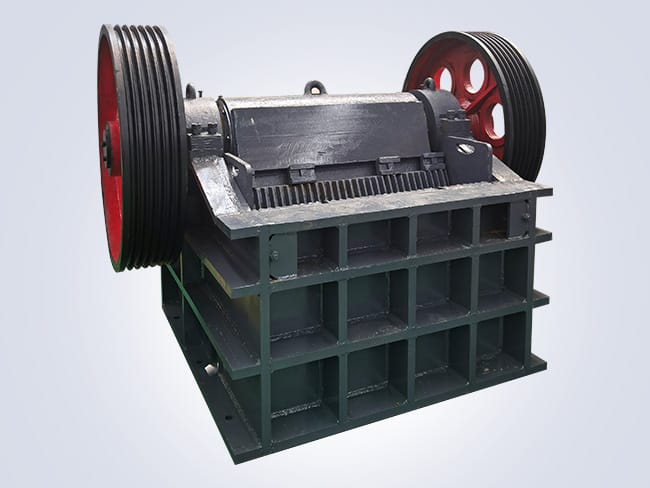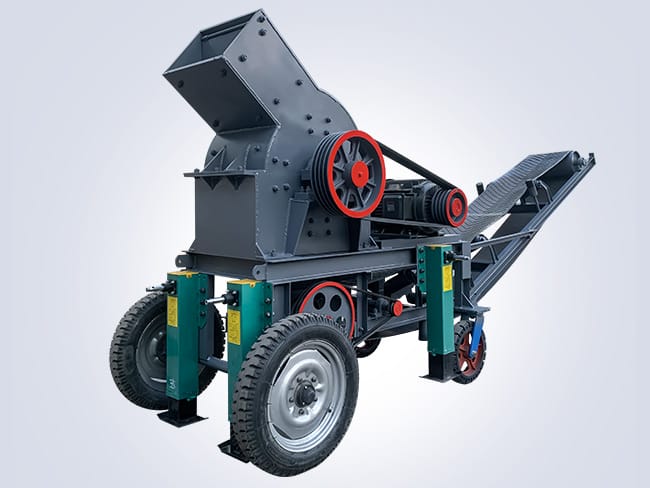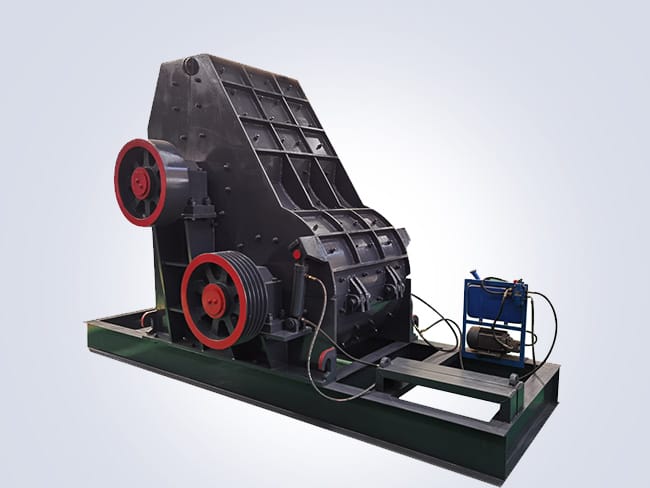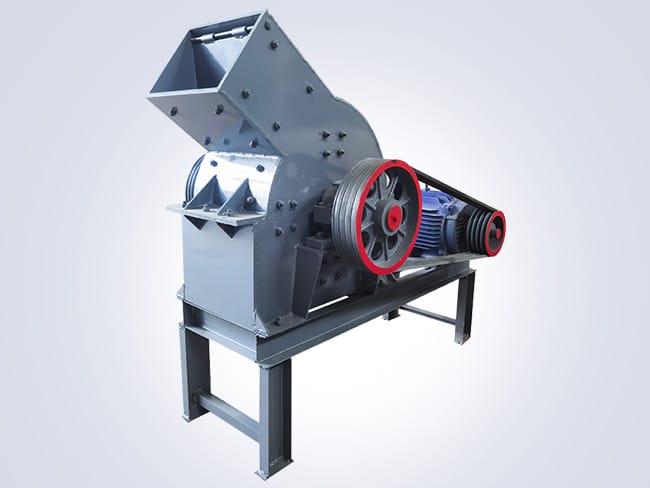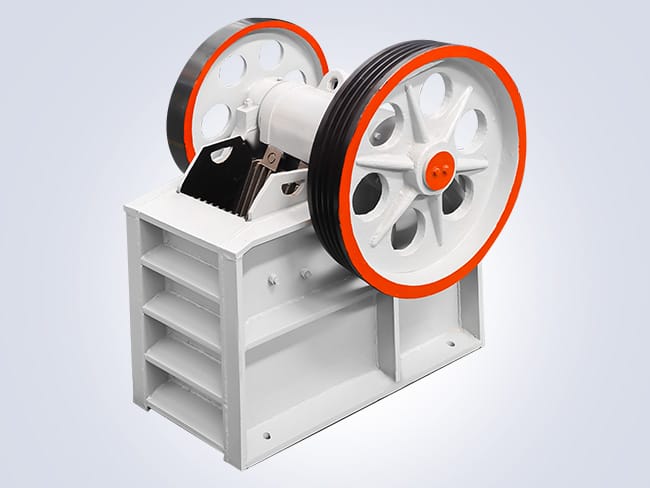
Jaw crushers are among the most widely applied coarse crushing equipment in the industrial sector. Their core function is to efficiently crush various types of ores, rocks. And construction waste by simulating the motion of an animal’s jaw. Their working principle resembles a dual action of “compression-shearing”: an electric motor drives the movable jaw plate to oscillate periodically. Creating a variable gap with the fixed jaw plate. The material is then subjected to intense compression and splitting between the two plates. Ultimately being crushed into particles that meet the required size specifications.
Jaw Crusher: The “Steel Giant Jaw” in the Mining and Building Materials Sectors
As the “first process” in mining operations, jaw crushers undertake the crucial task of breaking large raw stones (with diameters up to 1.5 meters) into pieces measuring 10-30 centimeters, providing basic materials for subsequent processes such as medium and fine crushing, and ore grinding. In construction waste management, they can swiftly transform concrete blocks, bricks, and tiles into recycled aggregates, facilitating resource recycling. Their advantages lie in their simple structure, strong adaptability, ability to process high-hardness materials (such as granite and iron ore), stable operation, and low maintenance costs.
From open-pit mines to urban demolition sites, jaw crushers, with the power of their “steel giant jaws,” provide efficient and environmentally friendly crushing solutions for industries such as metallurgy, building materials, and chemicals. They are indispensable “cornerstone equipment” in modern industrial production.




